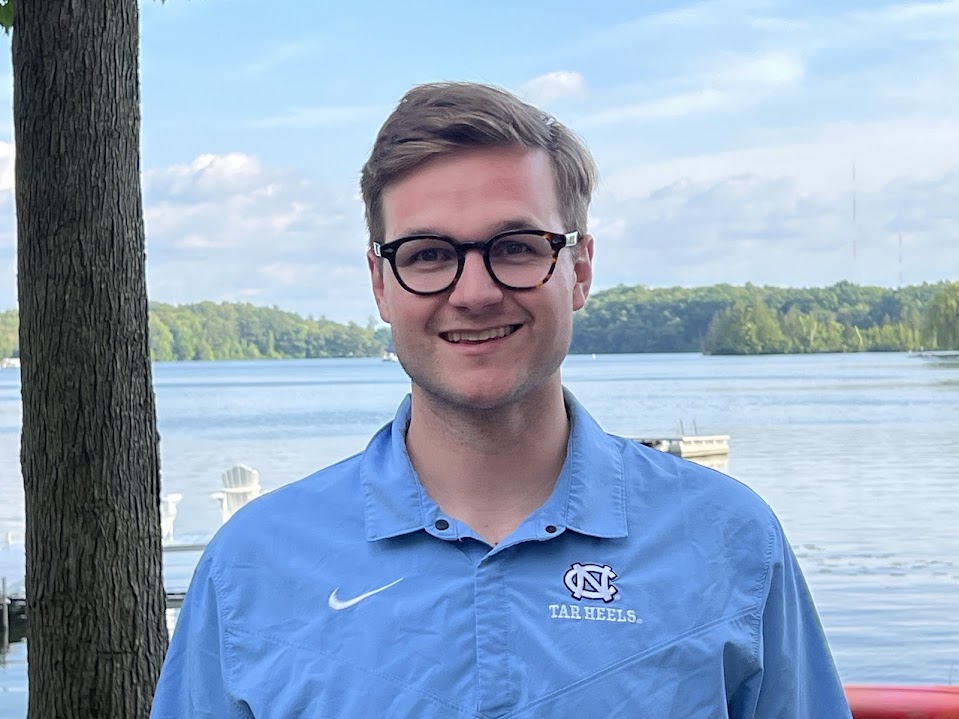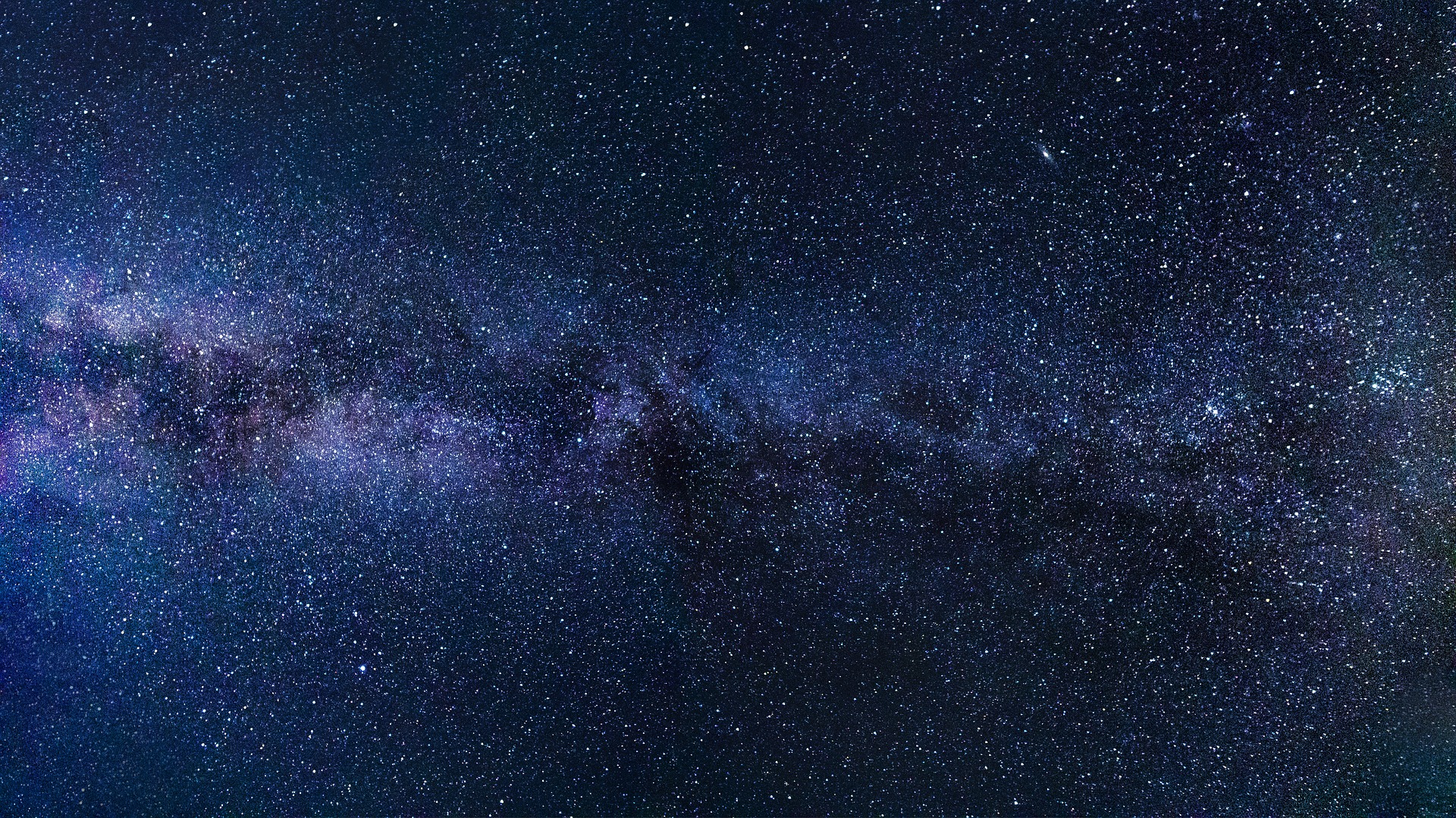About

Welcome! My name is Brian Cook; I am working on my PhD in astrophysics at the University of North
Carolina at Chapel Hill. Generally speaking, I am interested in dense star clusters, Galactic archaeology, and near-field cosmology.
Before coming to Carolina, I received my BS in astrophysics from the University of Michigan
and my MSc in astronomy from the Sterrewacht in Leiden. You can learn more about my research interests elsewhere on this site.
Research

I briefly describe my previous research experience (and give a broad introduction to each topic)
here.
N-body solvers and Star Clusters
There are a variety of ways to simulate a collection of self-gravitating systems, and globular clusters
push the boundaries of what can be done computationally. Brute-force, O(N^2) approaches take many
months to complete on a supercomputer due to the dramatically varying spatiotemporal scales present in
the resolution of the underlying dynamics. I led the development of KRIOS (recently introduced at the 56th DDA meeting), a new Monte Carlo N-body code
specifically designed for modeling the evolution of globular clusters in a host galaxy like the Milky Way.
The forthcoming code papers will describe the code and demonstrate its ability to act as an intermediary
between direct N-body and particle-spray codes.
Galactic Archaeology
Galactic archaeology is the branch of research devoted to determining the formation history of the
Milky Way. Galaxies form in what is known as a hierarchical process; smaller galaxies are accreted
by larger galaxies, which in turn causes the larger one to grow. As the smaller galaxy is tidally
stripped, it leaves behind signatures in the form of objects like stellar streams and globular
clusters.
As a summer intern at MIT Lincoln Lab, I developed a routine for identifying substructure in the
Milky Way comprised of RR Lyrae variables, a popular standard candle in this context, based on
hierarchical clustering. You can learn more about our results in Cook
et al. (2022). I have been expanding on this effort with the new Gaia DR3 release with an eye
towards a more general identification routine for forthcoming surveys.
Near-field Cosmology
It is theorized that during a period of rapid inflation after the Big Bang, small quantum
fluctuations were forced onto macroscopic scales. Cosmologists can use observations of the cosmic
microwave background to map these overdense anisotropies in the Universe, in addition to determining
the abundances of things like baryonic matter and dark energy. With this set of initial conditions,
a wide set of cosmological simulations have been developed.
These simulation suites are comprised of state-of-the-art algorithms that treat astrophysical
phenomena operating on different length and time scales simultaneously. The outputs can then be
analyzed to test the effects of underlying physics theories (e.g., AGN feedback, small-scale DM distribution)
on observables.
During my first year in Leiden, I analyzed low-mass, star-forming galaxies produced by the EAGLE simulations. My first project presents an analysis of the
circumgalactic medium (CGM) of these galaxies; often defined as the material gravitationally bound
to the galaxy but outside of the disk, the CGM is critical to understanding galaxy formation and
evolution.
CV
Curriculum Vitae.
Contact
I can be reached by e-mail (btcook [at] unc.edu).
Links
LinkedIn,
GitHub,
Google Scholar.
Elements
Text
This is bold and this is strong. This is italic and this is
emphasized.
This is superscript text and this is subscript text.
This is underlined and this is code: for (;;) { ... }. Finally, this is a link.
Heading Level 2
Heading Level 3
Heading Level 4
Heading Level 5
Heading Level 6
Blockquote
Fringilla nisl. Donec accumsan interdum nisi, quis tincidunt felis sagittis eget tempus
euismod. Vestibulum ante ipsum primis in faucibus vestibulum. Blandit adipiscing eu felis
iaculis volutpat ac adipiscing accumsan faucibus. Vestibulum ante ipsum primis in faucibus lorem
ipsum dolor sit amet nullam adipiscing eu felis.
Preformatted
i = 0;
while (!deck.isInOrder()) {
print 'Iteration ' + i;
deck.shuffle();
i++;
}
print 'It took ' + i + ' iterations to sort the deck.';
Lists
Unordered
- Dolor pulvinar etiam.
- Sagittis adipiscing.
- Felis enim feugiat.
Alternate
- Dolor pulvinar etiam.
- Sagittis adipiscing.
- Felis enim feugiat.
Ordered
- Dolor pulvinar etiam.
- Etiam vel felis viverra.
- Felis enim feugiat.
- Dolor pulvinar etiam.
- Etiam vel felis lorem.
- Felis enim et feugiat.
Icons
Actions
Table
Default
| Name |
Description |
Price |
| Item One |
Ante turpis integer aliquet porttitor. |
29.99 |
| Item Two |
Vis ac commodo adipiscing arcu aliquet. |
19.99 |
| Item Three |
Morbi faucibus arcu accumsan lorem. |
29.99 |
| Item Four |
Vitae integer tempus condimentum. |
19.99 |
| Item Five |
Ante turpis integer aliquet porttitor. |
29.99 |
|
100.00 |
Alternate
| Name |
Description |
Price |
| Item One |
Ante turpis integer aliquet porttitor. |
29.99 |
| Item Two |
Vis ac commodo adipiscing arcu aliquet. |
19.99 |
| Item Three |
Morbi faucibus arcu accumsan lorem. |
29.99 |
| Item Four |
Vitae integer tempus condimentum. |
19.99 |
| Item Five |
Ante turpis integer aliquet porttitor. |
29.99 |
|
100.00 |

